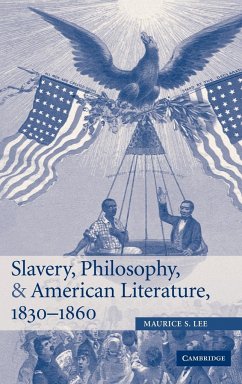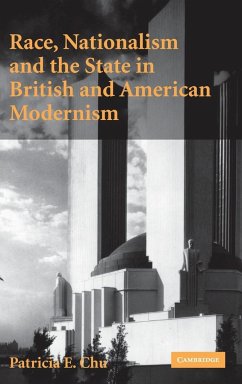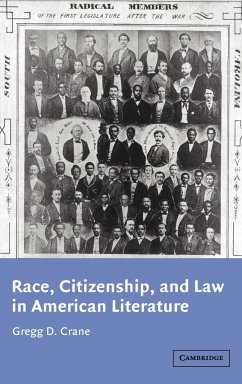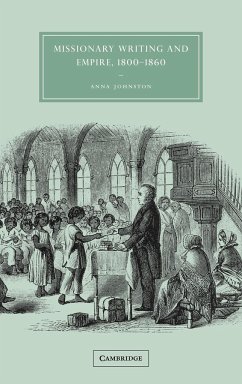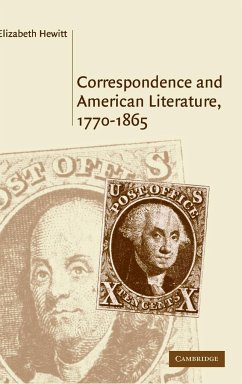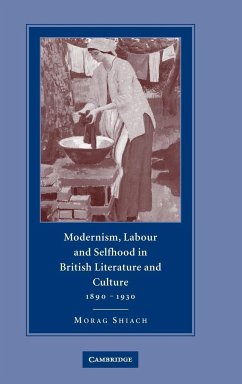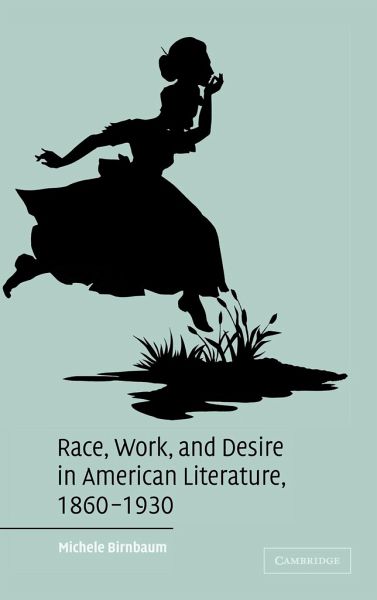
Race, Work, and Desire in American Literature, 1860-1930
Versandkostenfrei!
Versandfertig in 1-2 Wochen
103,99 €
inkl. MwSt.

PAYBACK Punkte
52 °P sammeln!
Race, Work and Desire analyses literary representations of work relationships across the colour-line from the mid-nineteenth century to the early twentieth century. Michele Birnbaum examines inter-racial bonds in fiction and literary correspondence by black and white authors and artists - including Elizabeth Keckley, Frances E. W. Harper, W. D. Howells, Grace King, Kate Chopin, Langston Hughes, Amy Spingarn and Carl Van Vechten - exploring the way servants and employers, doctors and patients, and patrons and artists negotiate their racial differences for artistic and political ends. Situating ...
Race, Work and Desire analyses literary representations of work relationships across the colour-line from the mid-nineteenth century to the early twentieth century. Michele Birnbaum examines inter-racial bonds in fiction and literary correspondence by black and white authors and artists - including Elizabeth Keckley, Frances E. W. Harper, W. D. Howells, Grace King, Kate Chopin, Langston Hughes, Amy Spingarn and Carl Van Vechten - exploring the way servants and employers, doctors and patients, and patrons and artists negotiate their racial differences for artistic and political ends. Situating these relationships in literary and cultural context, Birnbaum argues that the literature reveals the complexity of cross-racial relations in the workplace, which, although often represented as an oasis of racial harmony, is in fact the very site where race politics are most fiercely engaged. This study productively complicates current debates about cross-racial collaboration in American literary and race studies, and will be of interest to scholars in both literary and cultural studies.





